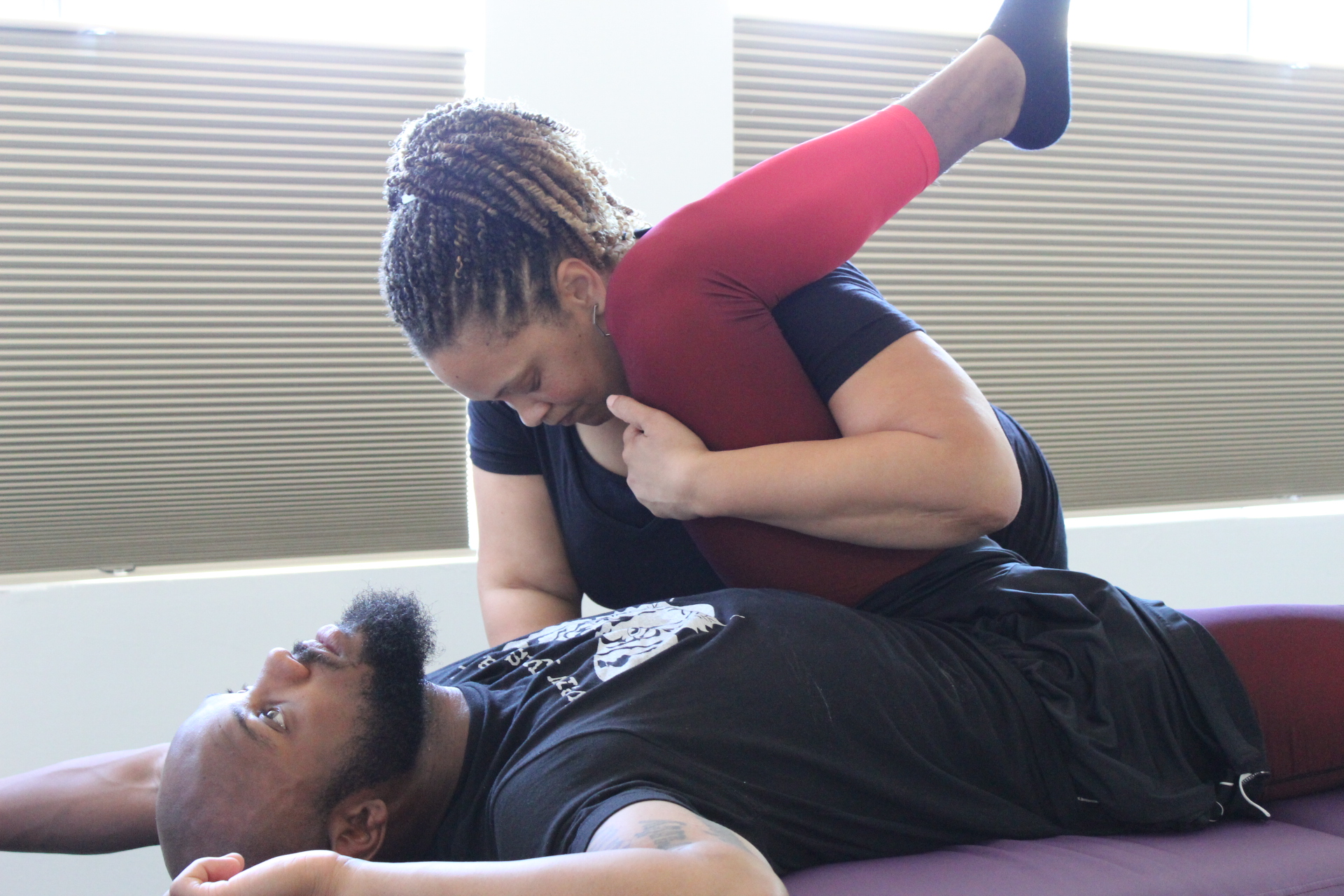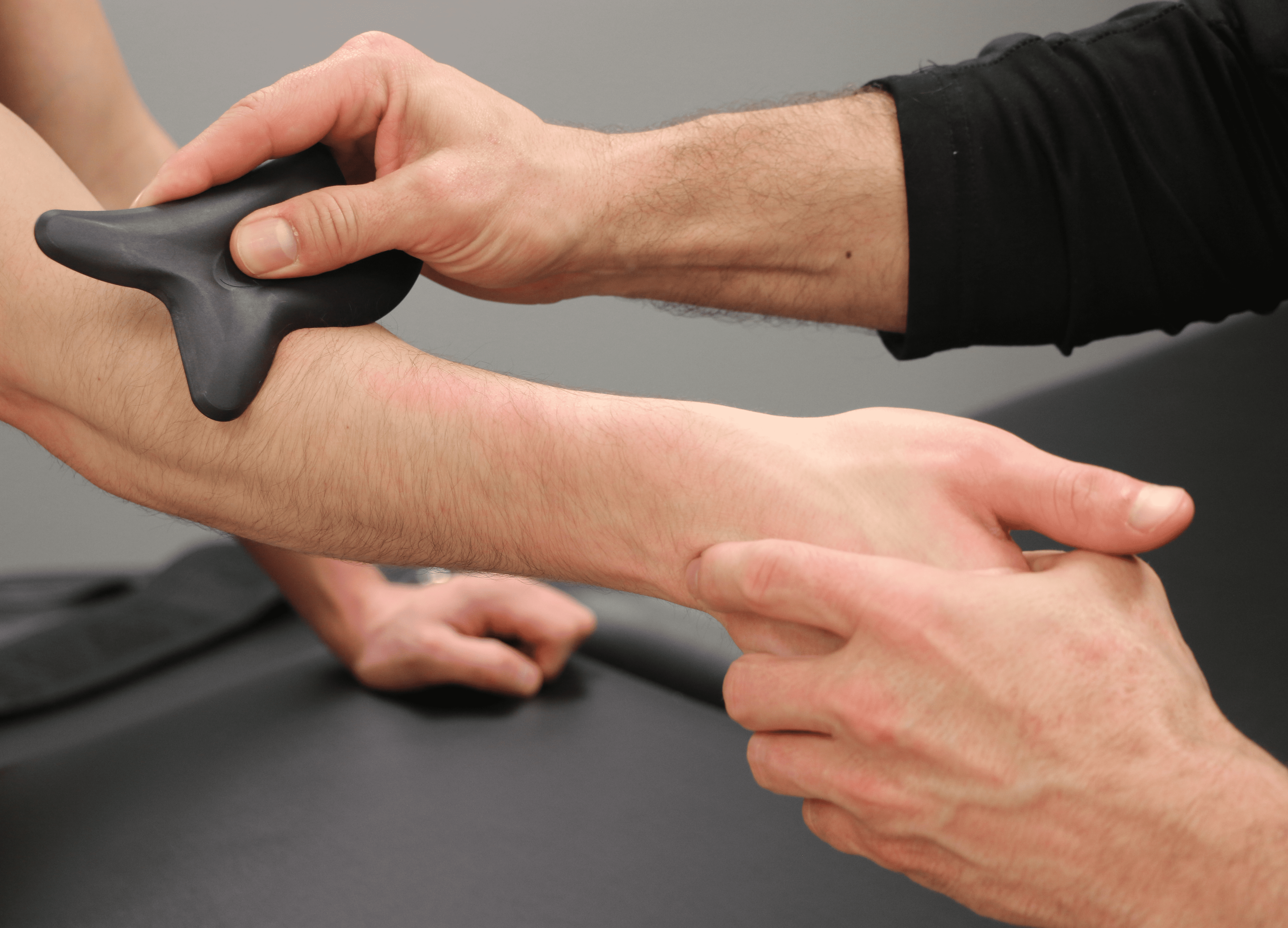Athletes: Do’s and Don’ts of Stretching
We have always been told stretching is good for the body. No matter what level of physical activity is in your routine, it is important to remain flexible. Flexibility is what keeps us flowing and thriving, especially for athletes, but it’s also smart to know the healthy ways to stretch and be more flexible.
This blog was written by Neil Keleher and was originally published on mindbodygreen.co on May 19, 2014. The original article can be found here.
1. Do stretch from cold and do work toward reducing preparation stretches.
Be patient with yourself in the beginning of stretches. Move slowly and gradually in and out of a stretch. A great tip to remember this technique is by feeling the stretch thenslowly move out, take a rest and then move slowly back into the stretch.
2. Do move into and out of a stretch slowly.
|
|
This is especially important when trying stretches for the first time. Starting slowly will allow you to feel your body and make changes when you feel pain.
3. Do move into a stretch smoothly.
Moving smoothly means that you have control. You're more likely to move deeper into a stretch without hurting yourself if you move into it smoothly instead of suddenly forcing your way into it.
4. Do learn to differentiate the different types of pain.
This one takes time, and practice. The two main categories are joint pain and muscle pain. Joint pain is the main one to watch out for. It can feel sharp and originates near or from the joint. If you get joint pain, stop moving deeper into the stretch (easier if moving slowly and smoothly), vary your position, or vary the tension in your body to see if you can find a position and a way of varying the tension while so that there is no pain while still retaining the intent of the stretch.
Ligament tension is another sensation to watch out for. Be vary careful if you experience ligament tension around the knee. Around the hip it might be tightness that with practice you can loosen up. Explore slowly over the course of weeks and months.
5. Do vary both type of stretching technique and positions you use.
As an example, you can stretch the hip extensors in a low lunge or happy baby pose, the latter being done while lying on the back. Don’t be afraid to switch up your modality of stretching. Explore variations and this will allow more access to your different muscle groups.
6. Do make adjustments.
If you start of slowly you can make adjustments to the way you do a stretch. This can start of as a way to prevent pain. But it can also be used as a way to make getting into the stretch easier. Does your body have the support it needs? If not, give it that support. Add tension where it's required so that other parts of your body can relax and let go, and get stretched.
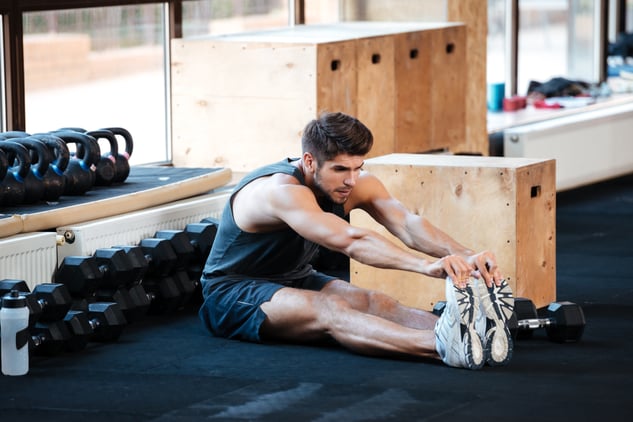 via shutterstock.com |
7. Do be aware.
As you stretch, stay aware so that you can make adjustments on the fly. Pay attention to your breathing while stretching, it helps keep you in the moment.
8. Do take rests.
Allow your body to take breaks. The pain is only worthwhile if after an intense stretch you can relax afterwards.
9. Do smile.
If you can't smile on the outside then at least smile on the inside while you are stretching. Difficulty is just a state of mind. Change your mind and you change your experience!
Now you know what to do, and here are a few things to keep in mind:
- Don't be afraid to stretch.
- Don't be afraid to stretch on a full stomach.
- Don't be afraid to stretch while hungry.
- Don't be afraid to stop and think if you feel pain when you stretch.
- Don't be afraid of doing it wrong.
- Don't be afraid to stretch cold.
- Don't force yourself.
- Don't assume you are flexible.
(Source: MindBodyGreen, http://bit.ly/1oMwcYF)
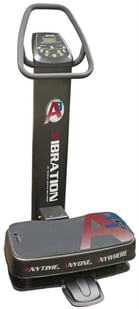
The stretching techniques discussed above can be paired with Whole Body Vibration to improve strength and flexibility, help reduce injury, and aid in rehabilitation.

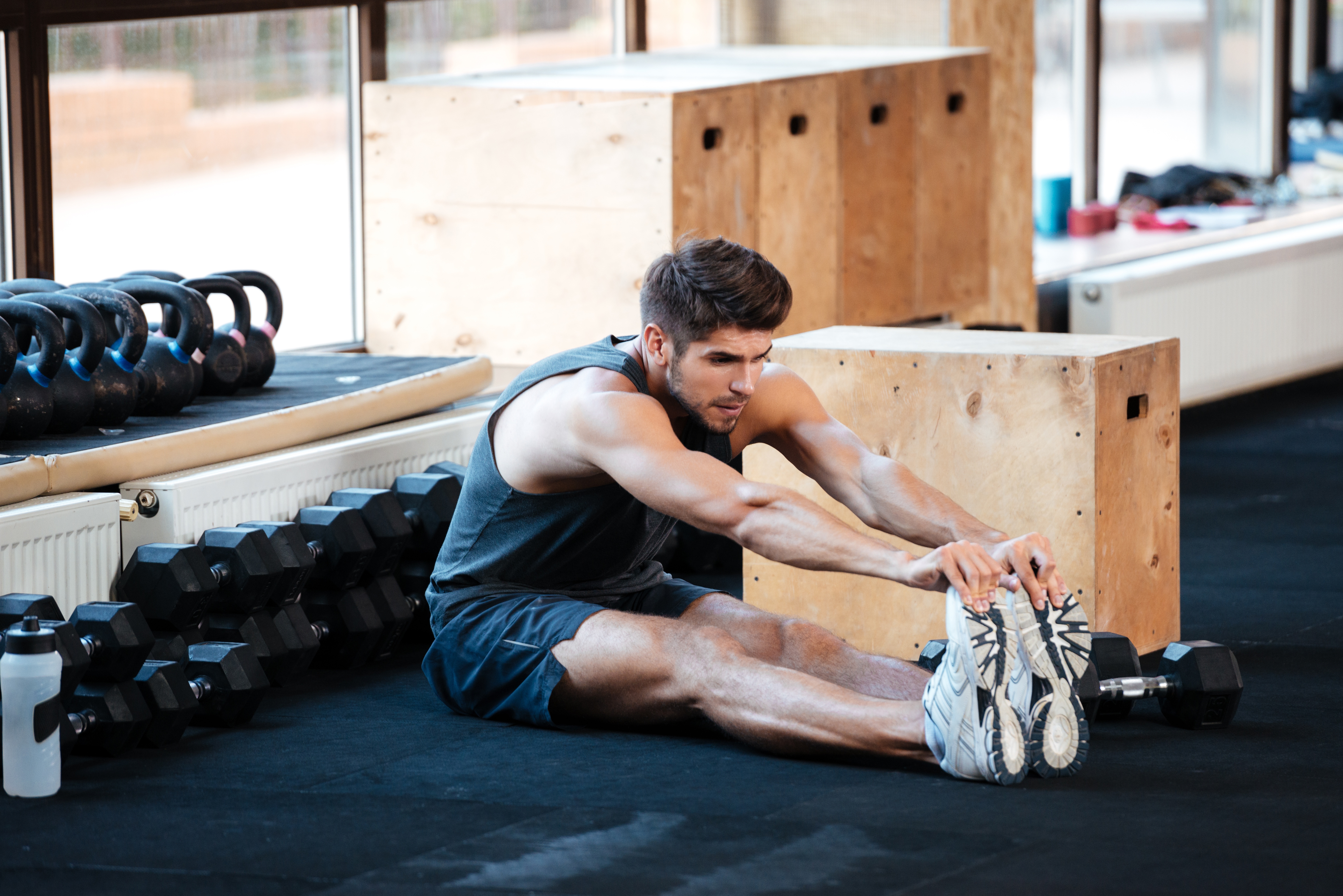
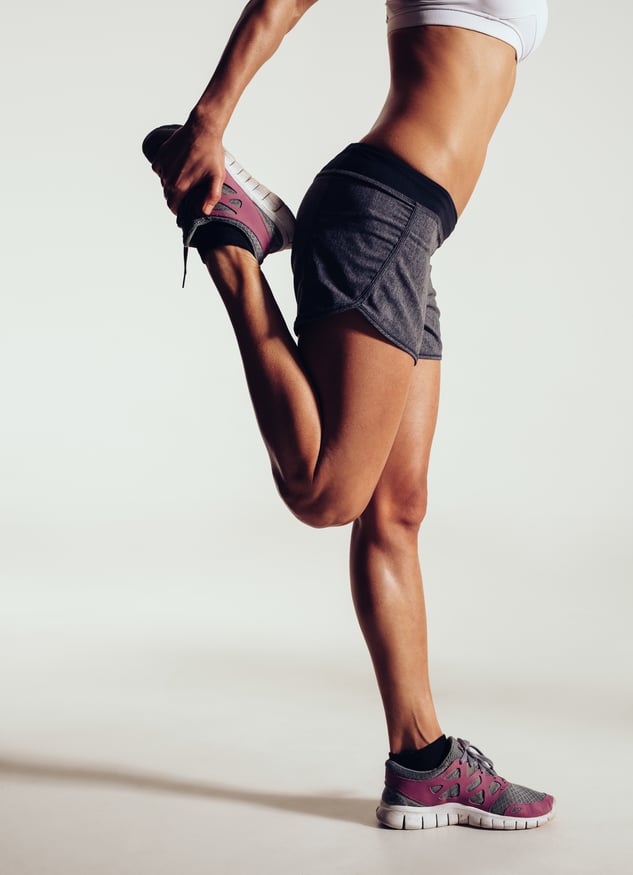 via
via 
.webp)
